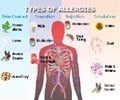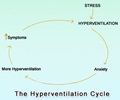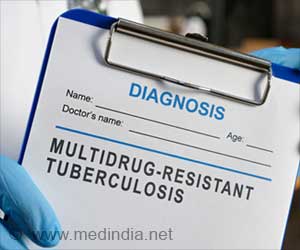Bid adieu to the fear of polluted or contaminated air making its way into your body, for researchers at Tel Aviv University (TAU) have now developed a first-of-its-kind sensor called
Want to know if you're breathing in contaminated air? Here's how you do it - with 'Dust Alert'!
Researchers at Tel Aviv University (TAU) have now developed a first-of-its-kind sensor called "Dust Alert" that can families and authorities monitor the quality of the air they breathe.Developed by Prof. Eyal Ben-Dor and Dr. Sandra Chudnovsky, of TAU's Department of Geography, the tool works like an ozone gas or carbon monoxide meter and measures the concentration of small particles that may contaminate the air in your home.
"It works just like an ozone meter would. You put it in your home or office for three weeks, and it can give you real-time contamination levels in terms of dust, pollen and toxins," said Ben-Dor.
Functioning like a tiny chemistry lab, the device can precisely determine the chemical composition of the toxins, so homeowners, office managers and factories can act to improve air quality.
And by using the measurements, the researchers can find a quick remedy for a dusty or pollen-filled home.
Based on a portable chemical analyzer called a spectrophotometer, the invention can be installed and begin to collect data within minutes, although several weeks' worth of samples produces the best assessment of air quality.
Advertisement
The "Dust Alert" fills an important need as polluted air, breathed in for weeks, months and sometimes years, can have fatal consequences, leading to asthma, bronchitis and lung cancer.
Advertisement
The device may be most useful in the aftermath of disasters, such as chemical fires, heavy dust storms, hurricanes or tragedies like 9/11.
Ben-Dor said that the Dust Alert could also be used by cities and counties to develop "dust maps" that provide detailed environmental information about streets and neighbourhoods, permitting government authorities like the EPA to more successfully identify and prosecute offenders.
"Until now, people have had to grin and bear the polluted air they breathe. The Dust Alert could provide crucial reliable evidence of pollution, so that society at large can breathe easier. We can see the dust on the furniture and on the windows, but most of us can't see the dust we breathe. For the first time, we are able to detect it and measure its more dangerous components," said Ben-Dor.
With their dust maps, TAU scientists have already correlated urban heat islands with high levels of particulate matter, giving urban planners crucial information for the development of green spaces and city parks.
Ben-Dor is also planning to develop his prototype into a home-and-office unit, while offering customized services that can help people decode what's left in the dust.
Studies on 'Dust Alert' appeared recently in the journal Science of the Total Environment, Urban Air Pollution: Problems, Control Technologies and Management Practices.
Source-ANI
TAN










